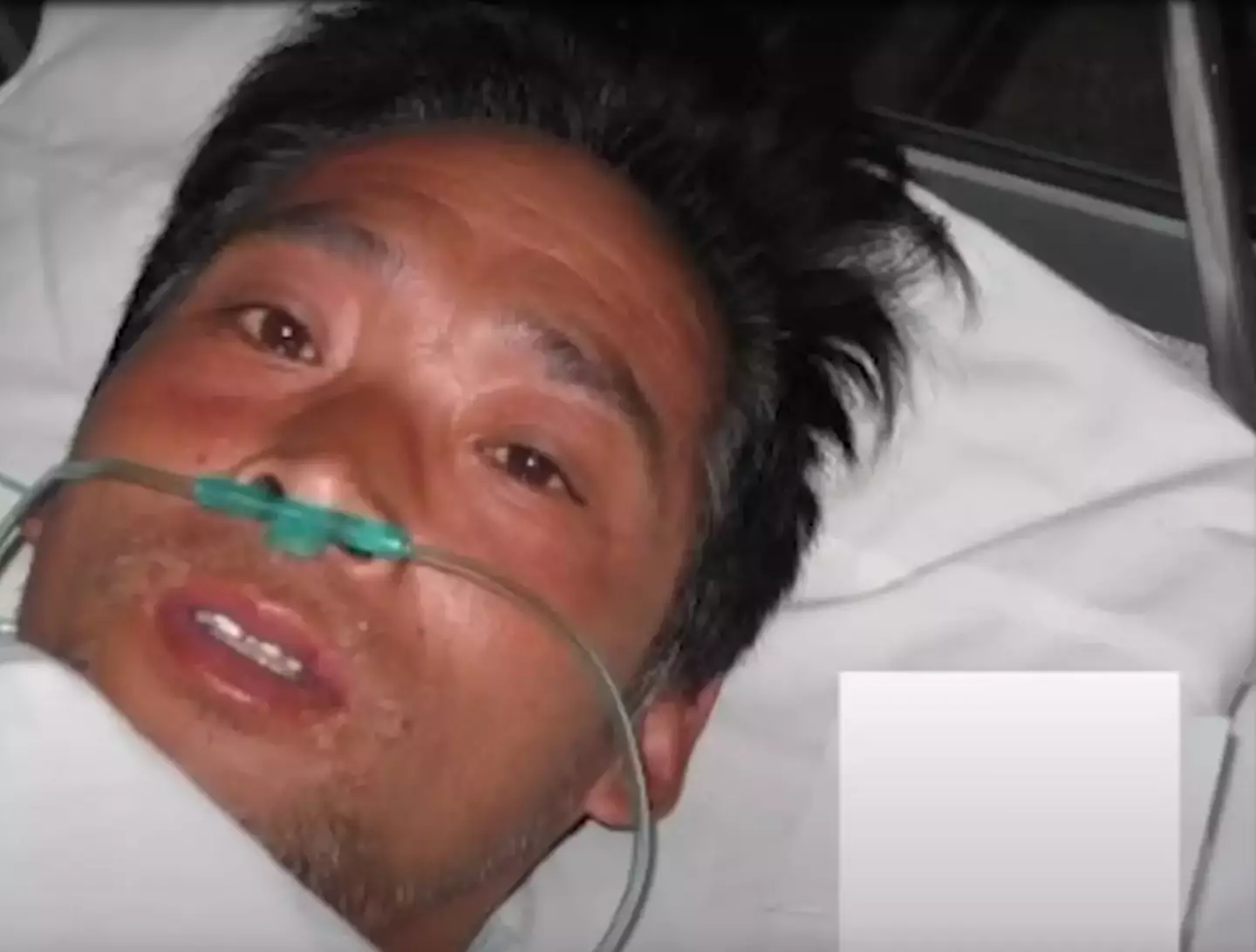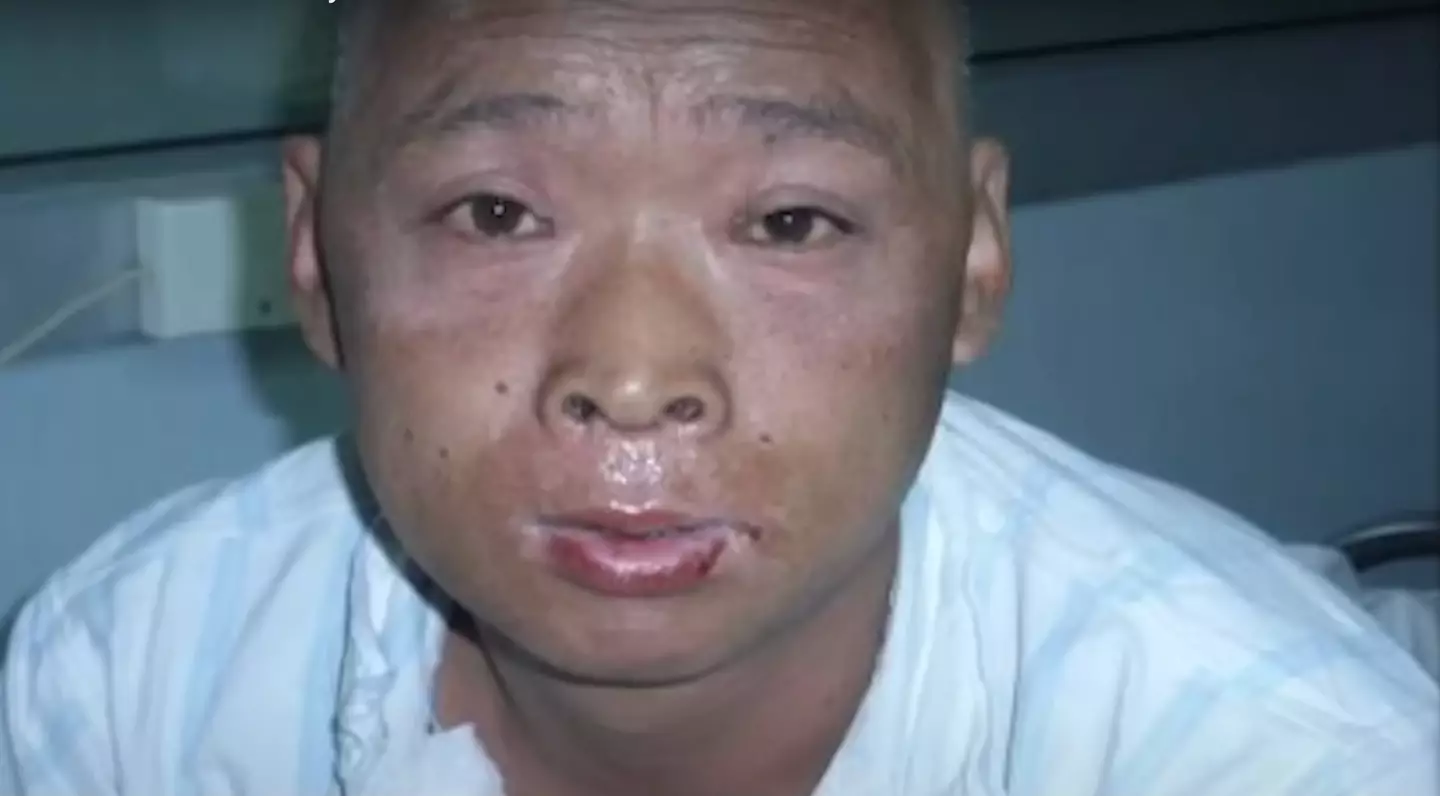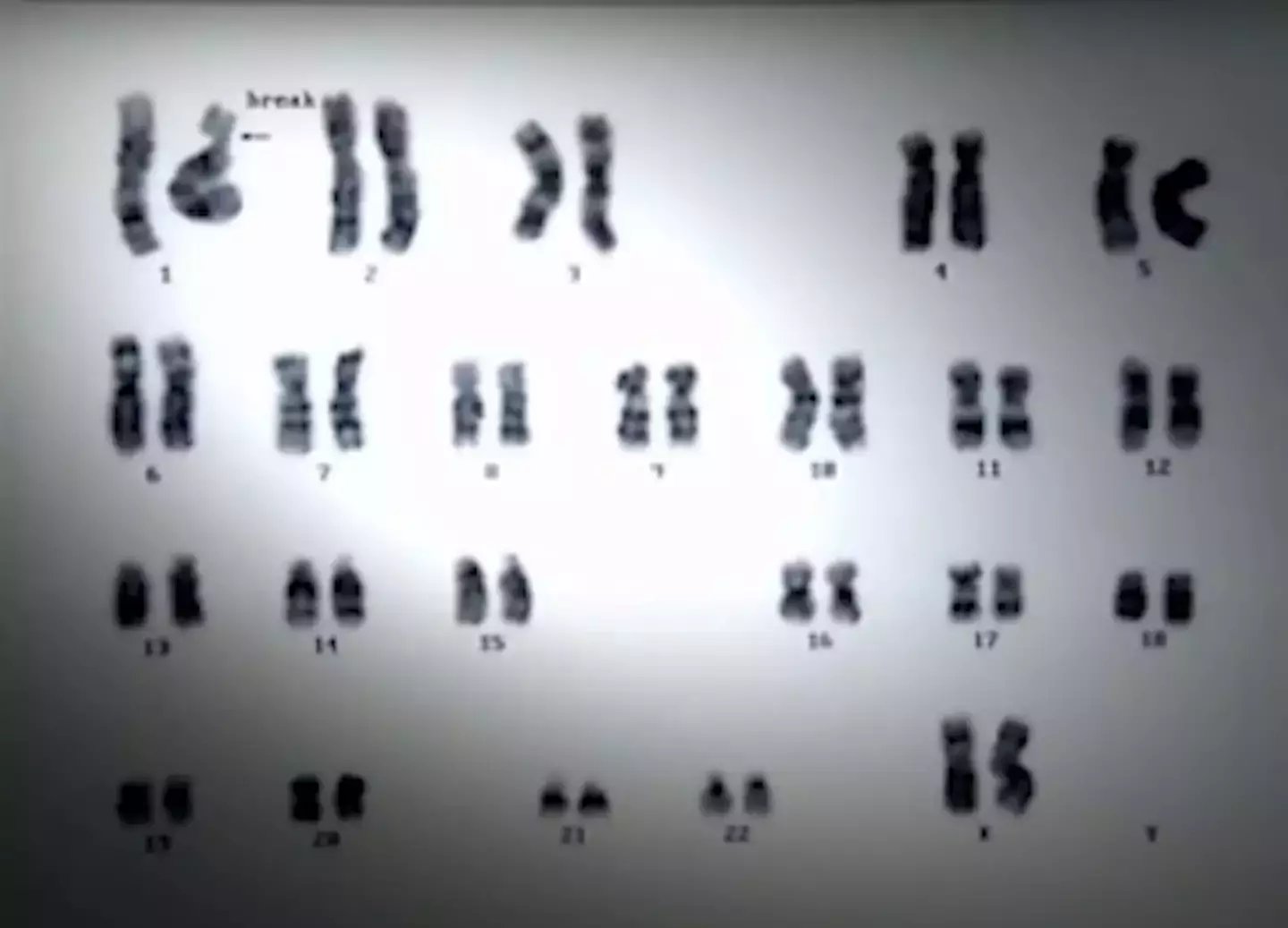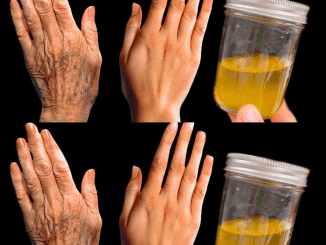The tragic story of Hisashi Ouchi, also known as the “Radioactive Man,” remains one of the most chilling accounts of human suffering caused by radiation exposure. The incident, which occurred at the Tokaimura Nuclear Power Plant in Japan in 1999, involved a catastrophic nuclear accident that led to one of the most excruciating deaths ever recorded. Hisashi Ouchi’s ordeal serves as a stark reminder of the terrifying consequences of radiation exposure and the potential dangers of nuclear facilities.
The Tokaimura Nuclear Accident: How It All Began

Ouchi absorbed three times the fatal dose of radiation, instantly (Peaked Interest/YouTube)
On September 30, 1999, Hisashi Ouchi, along with colleagues Masato Shinohara and Yutaka Yokokawa, began what seemed like a routine task at the Tokaimura Nuclear Power Plant. The men were tasked with mixing uranyl nitrate, a process that required extreme precision and expertise due to the highly radioactive nature of the substance.
However, the three workers lacked the necessary training and experience for handling such a hazardous task. They inadvertently added an excessive amount of uranium to a large metal tank, triggering an uncontrolled nuclear fission chain reaction. The reaction released deadly levels of radiation into the atmosphere, leading to the exposure of all three workers.
The Catastrophic Radiation Exposure
As the uncontrolled chain reaction unfolded, Ouchi was exposed to 17,000 millisieverts (mSv) of radiation, an unimaginably high dose that far exceeds safety limits. To put this into perspective, the international safety limit for radiation exposure is 20 mSv per year for an individual. In comparison, emergency responders during the Chernobyl disaster faced exposure levels of 20 to 500 mSv, illustrating just how severe the Tokaimura incident was.
Ouchi, who was closest to the tank, bore the brunt of the radiation. His two colleagues, Shinohara and Yokokawa, were exposed to 10,000 mSv and 3,000 mSv respectively. While a dose of 5,000 mSv is generally considered lethal, Ouchi’s exposure was more than three times this amount, making survival nearly impossible.
The Initial Symptoms: A Rapid Decline
Immediately after the accident, Ouchi experienced severe symptoms. He lost consciousness, began vomiting, and suffered radiation burns on his skin. Despite appearing outwardly healthy, tests soon revealed the devastating impact of the radiation on his body. His DNA had been severely damaged, and his white blood cell count—critical for immune defense—plummeted to dangerous levels.
The damage to Ouchi’s cells meant that his body could no longer regenerate or heal itself. Doctors at Tokyo University Hospital, where he was transferred for specialized care, were faced with an almost impossible task: keeping Ouchi alive with his cellular structure essentially destroyed.
The Desperate Fight for Survival
The medical team at Tokyo University Hospital, led by Dr. Kazuhiko Maekawa, attempted every possible intervention to save Ouchi’s life. He underwent skin grafts, blood transfusions, and stem cell transplants in a desperate bid to stabilize his condition. Yet, each effort proved futile as the radiation had destroyed his cells’ ability to function.
Despite Ouchi’s deteriorating condition, his family insisted that doctors continue the efforts to save him. In an interview, Dr. Maekawa later admitted that Ouchi’s chances of recovery were slim from the very beginning, acknowledging the tragic reality that keeping him alive prolonged his suffering.

He had a low chance of survival and even begged for doctors to stop keeping him alive (Peaked Interest/YouTube)
The Agony Intensifies: Ouchi’s Pleas for Death
Ouchi endured unimaginable pain during his 83-day hospital stay. As his condition worsened, he became increasingly aware of his suffering and reportedly begged the medical team to let him die. At one point, he cried out, “I can’t take it anymore! I am not a guinea pig.” His pleas were heartbreaking, highlighting the sheer horror of his prolonged suffering.
Despite enduring three heart attacks on his 59th day in the hospital, Ouchi was revived each time, as requested by his family. It was clear that both the medical staff and Ouchi’s family were caught in a moral dilemma, torn between respecting Ouchi’s wishes and the instinct to keep him alive at all costs.
The Final Days: Organ Failure and Death
On December 21, 1999, after more than two months of unimaginable pain, Ouchi passed away from multiple organ failure at the age of 35. His body, ravaged by radiation exposure, could no longer sustain itself. His death marked the end of one of the most painful and drawn-out medical ordeals ever documented.
Ouchi’s colleague, Masato Shinohara, who had also sustained significant radiation injuries, succumbed to multiple organ failure in 2000, at the age of 40. Yokokawa, who had been the least exposed, survived but continued to suffer from health complications related to the accident.
The Harrowing Experience of Doctors and Medical Staff
The doctors and nurses who treated Ouchi faced their own psychological trauma. The ethical challenges they encountered—whether to continue aggressive treatment or respect Ouchi’s wish to die—were compounded by the unprecedented nature of his injuries. Dr. Maekawa and his team were unprepared for the sheer extent of cellular damage caused by the radiation, making Ouchi’s case a grim learning experience for the medical field.

His family insisted that doctors try to keep him alive, despite his DNA and immune system being destroyed (Peaked Interest/YouTube)
The decision to keep Ouchi alive despite his pleas, driven largely by his family’s insistence, has sparked debate over medical ethics and the limits of life-saving efforts. The story has since become a point of reflection for discussions on patient autonomy, end-of-life care, and the physical limits of the human body.
The Legacy of the Tokaimura Incident
The Tokaimura nuclear accident is considered one of Japan’s worst nuclear disasters. It exposed not only the fatal dangers of radiation but also the devastating consequences of inadequate safety protocols in nuclear facilities. The incident prompted a reevaluation of safety standards at nuclear plants in Japan, leading to stricter regulations and training requirements for workers.
The case of Hisashi Ouchi stands as a haunting reminder of the potential dangers of nuclear energy. His tragic experience serves as a lesson for future generations, highlighting the importance of stringent safety measures and comprehensive training for those working with radioactive materials.
Conclusion: A Tale of Suffering, Science, and Lessons Learned
The story of Hisashi Ouchi is one of the most painful accounts of human suffering in modern history. His death, caused by extreme radiation exposure, was both a personal tragedy and a national wake-up call about the dangers of nuclear energy. While medical advancements have come a long way since 1999, Ouchi’s case remains a grim reminder of the limits of medicine and the ethical dilemmas that arise in extreme situations.
Ouchi’s ordeal underscores the importance of safety in nuclear facilities and the critical need for thorough training for workers who handle radioactive materials. It’s a story that continues to evoke horror and sympathy, serving as a lasting testament to the consequences of radiation exposure.


